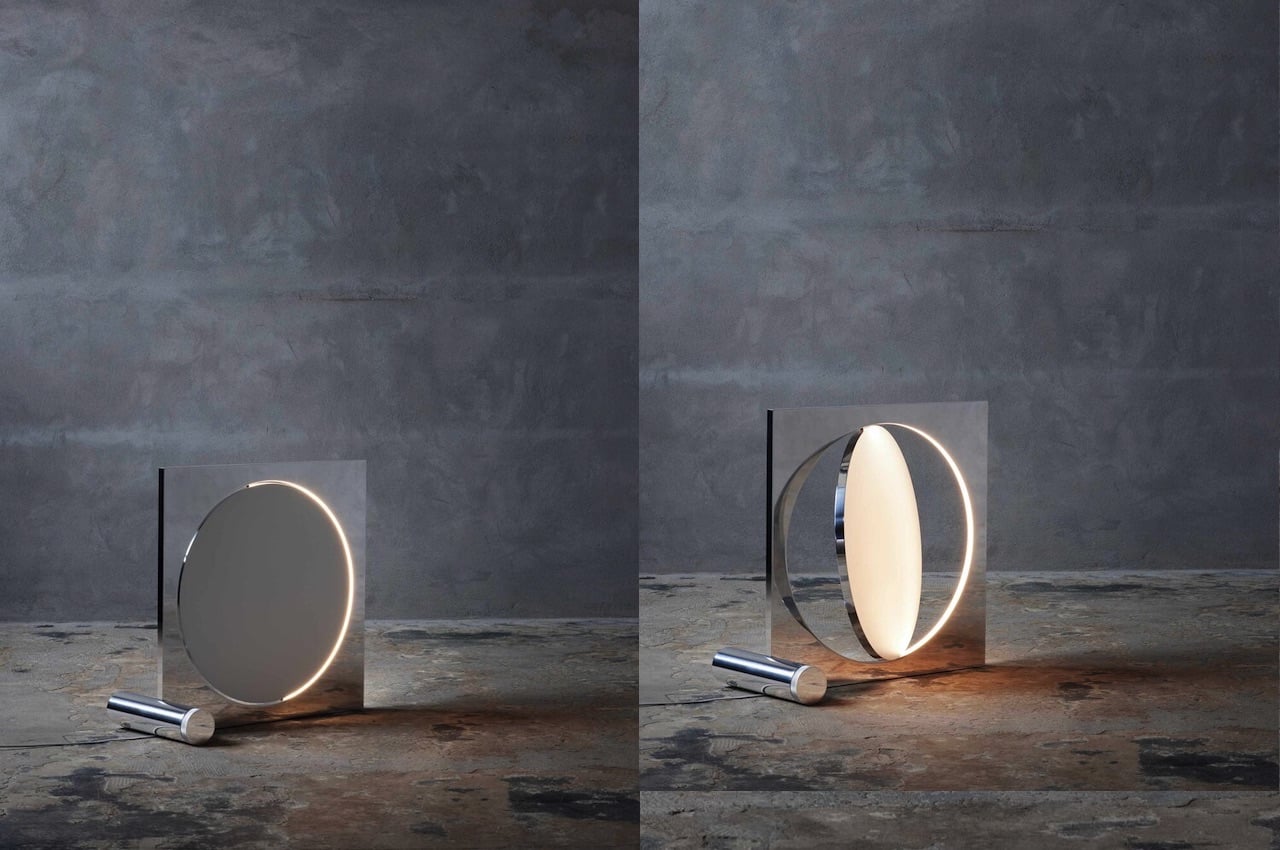#What Size TV Should You Buy?

Table of Contents
“#What Size TV Should You Buy?”

If you’re shopping for a new TV, you might be tempted to buy the biggest model you can afford. While this sounds great on paper, you’ll be surprised how uncomfortable it can be to sit in front of a TV that’s simply too big for your watching environment.
Fortunately, with some simple sums, you can figure out the ideal sized TV for your room and go from there.
It’s All About the Field of View
The Society of Motion Picture and Television Engineers (SMPTE) states that a field of vision of between 30º and 40º provides an optimal viewing experience for most content. The SMPTE describes itself as “a global professional society of individuals and corporations collaborating for the advancement of all things technical in the motion picture, television and digital media.”
In cinemas, THX recommends a field of view of 36º for cinematic presentations. THX was established in part by George Lucas in 1983 to develop high fidelity standards for visual mediums including television and cinema.
If in doubt, stick with 30º as this is widely accepted and quoted as being ideal for most people.
Calculating Screen Size by Viewing Distance
The field of view you experience depends on how far you are sitting from the television. If you know how far you’re going to be sitting, you can use this distance to calculate an “ideal” screen size in inches. For a 30º viewing angle, multiply the viewing distance by 0.6, or to get closer to a 40º viewing angle multiply your viewing distance (in inches) by 0.84.
For example, if you are sitting 60 inches from the TV (around 1.5 meters), a screen range of between 36 and 50 inches is recommended.
Calculating Viewing Distance by Screen Size
If you’re happy to adjust your viewing distance based on screen size (or are trying to work out if you have enough room to do so), you can use a similar calculation to work out how far away from a display you should sit. For a 30º viewing angle, multiply the diagonal screen size by 1.6, or for a 40º angle multiply by 1.2.
For example, a 65-inch TV would have a 30º angle of view at 104 inches (around 2.6 meters) and a 40º angle of view at 78 inches (around 2 meters).
Using Online Calculators Makes It Easy
If math isn’t your strong point there are a range of online calculators you can use, though there can be some variation in the results since some adhere strictly to 30º while others go a little higher. These include the RTINGS TV Size to Distance Calculator, the Which TV Size Tool, and Inch Calculator.

Personal Preference Can Make a Big Difference
You may have your own idea of what your preferred angle of view or viewing distance is. Some people like to sit very close to the TV, especially when playing games or watching movies. Be aware that your ability to resolve the image declines when you exceed a 40º viewing angle.
You can use the calculations above to figure out what you’re already used to. For example, if you’re upgrading from a 40-inch or 50-inch screen, working out what field of view you are comfortable with can help you pick a larger display that would provide a similar viewing experience.

On a larger display, it’s common to find yourself moving your eyes to capture the whole frame and this is fairly normal. If you find that you are having to move your head (not just your eyes) then this is a good sign that you are either sitting way too close or have a screen size that’s too big for your space.
At the end of the day, how you feel most comfortable while relaxing is an entirely personal choice.
Visualizing How Your TV Will Look
One of the best ways of visualizing how a larger TV will look in your living room is to create a cardboard model of the screen size. You can do this by taping a few old boxes together, then prop it up in place and stand back.

This won’t simulate what it’s like watching content on the TV, but it will give you a good idea of whether the field of view is too wide, or whether the TV looks ridiculous in a small room. You can move furniture around to suit or see what difference mounting the TV on the wall would make.
This technique is useful from a home design perspective, but it’s not an exact science. You should be able to see whether the edges of the screen are too wide for comfortable viewing, but you won’t know for sure until you get the TV up in person.
Buying Bigger? Expect an Adjustment Period
One thing is for sure, even if you are within the 30º to 40º recommended field of view, a new TV can take some time to get used to. From our experience, it can take anything from a few weeks to a few months to get used to the size of a large display.
In that time you might adjust the height or distance you sit from your display to feel more comfortable. It isn’t unusual to experience cyber sickness with larger displays, especially while playing games. This is like motion sickness but in reverse, where you see movement on the screen but don’t feel it in your muscles or inner ear.

Provided your TV is hovering around the 30º to 40º field of view mark, you will eventually get used to it and stop noticing the increased size. Turning the brightness down can help you adjust since many models use overly vibrant picture modes out of the box. If you’re not being used to the at-times searing peak brightness of new HDR sets, that can make the size stand out even more.
With enough time to adjust, you might even decide that you could have gone a size larger!
Consider a Money-Back Guarantee
For ultimate peace of mind when purchasing a TV, consider buying from a retailer that offers a money-back guarantee if you’re not happy. Local independent retailers often honor these policies, as do big retailers like Best Buy provided you’re within the return period.
Keep in mind that large TVs that are 65-inches or larger can be difficult to transport, so you’ll have to figure out how to get the TV back to the retailer if you do end up changing your mind. Always pay attention to the arrows on a TV box that informs how the unit should be stored and transported.
Transporting some TVs, particularly OLEDs with their thin panels, can cause the panel to bend or break if these instructions are not followed correctly.
RELATED: Are Extended Warranties Ever Worth Buying?
Follow Our TV Buying Guide for More Advice
Buying a TV can be a big decision and one you aren’t going to want to make too often. A good TV should last you the best part of a decade before evolving standards or failing electronics forces you to buy another.
To get this decision right we’ve produced a TV buying guide, and a list of the best TVs on the market. If gaming is your primary concern, check out our guide to TVs for gamers too.
If you liked the article, do not forget to share it with your friends. Follow us on Google News too, click on the star and choose us from your favorites.
For forums sites go to Forum.BuradaBiliyorum.Com
If you want to read more like this article, you can visit our Technology category.




